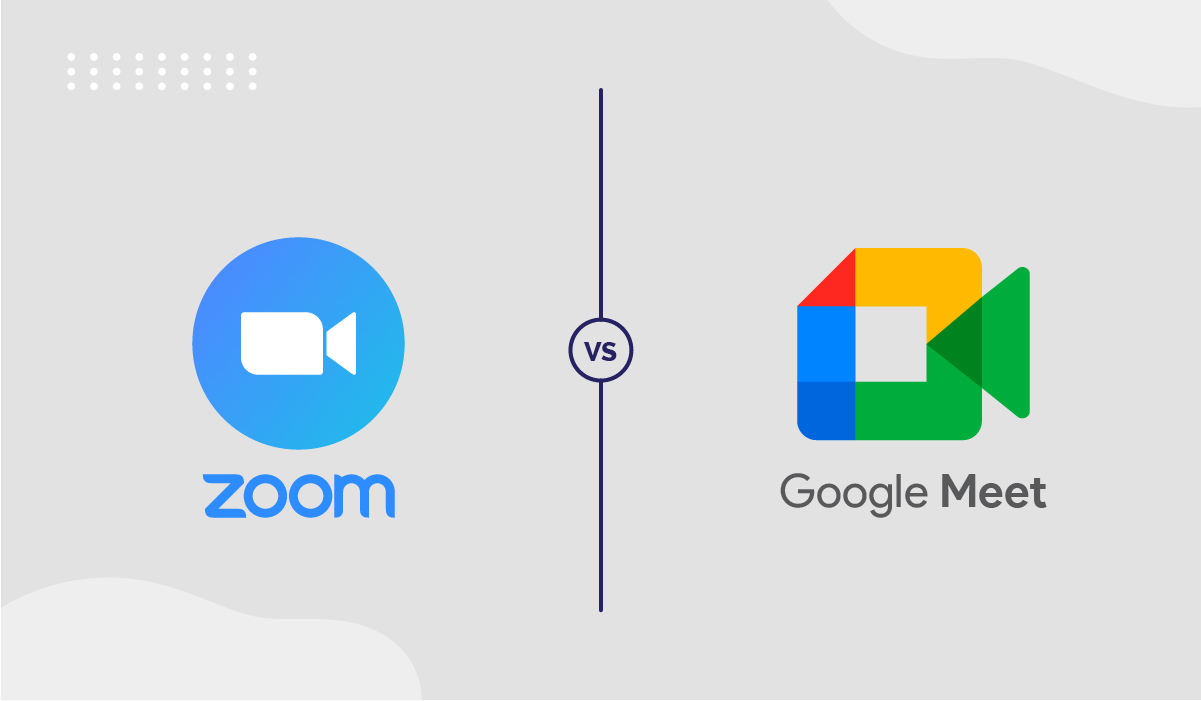Choosing the right video conferencing platform can make or break your team’s productivity and collaboration efforts. In today’s hybrid work environment, the decision between Zoom and Google Meet has become increasingly critical for businesses of all sizes. Both platforms have evolved significantly, offering robust features that cater to different organizational needs and preferences.
Zoom has established itself as the powerhouse of video conferencing, renowned for its advanced features, extensive customization options, and ability to handle large-scale events with up to 1,000 participants. The platform excels in providing comprehensive meeting controls, breakout rooms, and sophisticated AI-powered tools that enhance the meeting experience. Its desktop application ensures consistent performance and offers features like local recording, making it particularly attractive for enterprises requiring detailed meeting documentation.
Google Meet, on the other hand, has carved its niche as the seamless, browser-based solution that integrates effortlessly with Google Workspace. This platform prioritizes simplicity and accessibility, requiring no downloads while offering unlimited meeting duration even on free plans. For organizations already embedded in the Google ecosystem, Meet provides an intuitive experience that feels natural and requires a minimal learning curve.
The choice between these platforms often comes down to your specific requirements: advanced functionality versus simplicity, enterprise-grade features versus cost-effectiveness, and standalone power versus ecosystem integration. Understanding these fundamental differences will help you make an informed decision that aligns with your team’s workflow and business objectives.
Meeting Capacity and Duration Limits
When it comes to accommodating participants, both platforms offer competitive options with distinct advantages. Zoom supports up to 100 participants on basic plans, scaling up to 1,000 participants with premium add-ons, making it ideal for large-scale corporate events and webinars. The platform allows meetings to run for up to 30 hours, though free users face a 40-minute restriction that can interrupt longer discussions.
Google Meet matches Zoom’s basic capacity with 100 participants on standard plans, extending to 500 participants on Business and Enterprise tiers. However, its standout feature is the unlimited meeting duration across all plan levels, including the free tier, which eliminates the frustration of time-based interruptions. This makes Google Meet particularly attractive for teams that frequently engage in extended brainstorming sessions or training workshops.
User Experience and Accessibility

The user experience differs significantly between these platforms, reflecting their core design philosophies. Google Meet operates entirely within web browsers, eliminating the need for software downloads and ensuring universal accessibility across devices. This browser-based approach integrates seamlessly with Google Calendar and Gmail, allowing users to join meetings with a single click directly from their email or calendar invitations.
Zoom requires application installation for optimal functionality, but compensates with superior performance, stability, and advanced features. The dedicated desktop application provides more reliable audio and video quality, especially in challenging network conditions, and offers enhanced security controls through features like waiting rooms and passcodes.
AI Features and Smart Capabilities
Both platforms have embraced artificial intelligence to enhance meeting productivity and user experience. Zoom’s AI Companion provides practical functionality, allowing participants to ask preset questions like “Were there any action items assigned?” and automatically generating meeting summaries. This feature is included in all paid plans without additional costs, making it accessible for most business users.
Google’s Duet AI offers more experimental features, including AI-generated background images and the ability to represent users in meetings they cannot attend. The platform also provides real-time translation in 18 languages, which proves invaluable for international teams. However, these advanced AI features come with a premium price tag of $30 per month, making them less accessible for smaller organizations.
Integration and Ecosystem Compatibility
Google Meet’s greatest strength lies in its native integration with Google Workspace applications. Users can seamlessly share Google Docs, Sheets, and Slides during meetings, with real-time collaboration happening effortlessly within the platform. This tight integration creates a cohesive workflow for teams already using Google’s productivity suite.
Zoom offers broader integration possibilities with over 1,500 third-party applications, including Slack, Salesforce, and Trello. This extensive marketplace approach allows organizations to customize their video conferencing experience according to their existing technology stack, making Zoom more versatile for diverse business environments.




